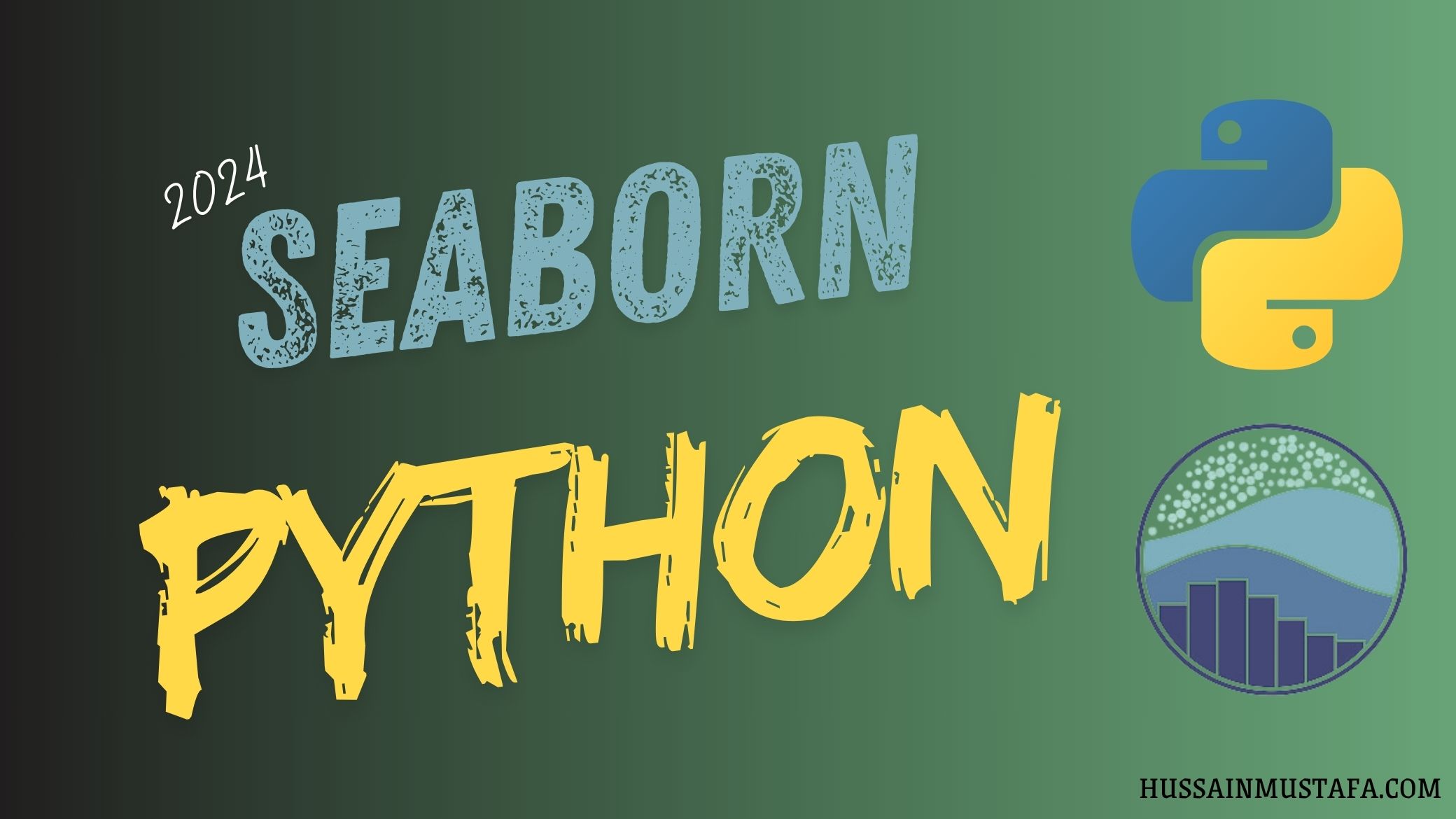Python offers a plethora of libraries for data visualization, and Seaborn is one of the most popular for creating statistically-informed visualizations. Whether you’re just starting out or you’re looking to enhance your data presentation skills, this guide will walk you through the basics of Seaborn and how you can use it to create stunning and informative visualizations.
What is Seaborn and Why Should You Use It?
Seaborn is a data visualization library built on top of Matplotlib, which means you get all the power of Matplotlib with a simpler interface and better styling defaults. Seaborn helps you easily create more attractive plots, manage complex visualizations, and handle data in ways that are more intuitive compared to raw Matplotlib. It’s particularly handy for statistical graphics, like distribution plots, categorical plots, and relational plots.
Getting Started with Seaborn
To use Seaborn, you first need to install it. Run the following command in your Python environment:
pip install seabornOnce installed, you can start using Seaborn by importing it along with other necessary libraries:
import seaborn as sns
import matplotlib.pyplot as plt
import pandas as pdNow, let’s explore some basic plot types in Seaborn with practical code examples.
1. Creating Distribution Plots
Distribution plots are useful for understanding the spread and shape of your data. Seaborn’s distplot function (deprecated in the latest versions) has been replaced by histplot and kdeplot, which you can use separately or together.
Histogram and KDE Plot
# Load a sample dataset
data = sns.load_dataset("tips")
# Create a histogram with KDE
sns.histplot(data['total_bill'], kde=True)
plt.title("Distribution of Total Bill Amounts")
plt.xlabel("Total Bill")
plt.ylabel("Frequency")
plt.show()This code will create a histogram of the total_bill column from the tips dataset, overlaid with a KDE (Kernel Density Estimate) curve to show the distribution’s density.
2. Visualizing Relationships with Scatter Plots
Scatter plots are essential for examining the relationship between two continuous variables. Seaborn makes it easy to add a linear regression line to the scatter plot using regplot.
Scatter Plot with Regression Line
# Scatter plot with regression line
sns.regplot(x='total_bill', y='tip', data=data)
plt.title("Relationship Between Total Bill and Tip")
plt.xlabel("Total Bill")
plt.ylabel("Tip")
plt.show()The regplot function automatically adds a regression line, which helps visualize the trend or correlation between the total_bill and tip variables.
3. Creating Categorical Plots
Categorical plots are great for visualizing the distribution of data across categories. Seaborn offers several functions for this, including boxplot, violinplot, and stripplot.
Box Plot
Box plots summarize the distribution of data by showing the median, quartiles, and outliers. Here’s how to create a box plot to compare tips across different days:
sns.boxplot(x='day', y='tip', data=data)
plt.title("Tips by Day")
plt.xlabel("Day")
plt.ylabel("Tip")
plt.show()The resulting plot will give you a quick overview of how tips vary depending on the day, with each box representing the interquartile range and any outliers marked.
4. Heatmaps for Correlation Analysis
Heatmaps are perfect for visualizing the correlation between multiple variables. You can use Seaborn’s heatmap function to generate these with just a few lines of code.
Correlation Heatmap
# Compute the correlation matrix
corr = data.corr()
# Generate a heatmap
sns.heatmap(corr, annot=True, cmap="coolwarm")
plt.title("Correlation Heatmap")
plt.show()In this example, data.corr() computes the correlation matrix, and sns.heatmap renders it. The annot=True parameter displays the correlation coefficient values on the heatmap, and the cmap parameter controls the color scheme.
5. Pair Plots for Multivariate Analysis
It allow you to visualize the pairwise relationships between all numeric variables in a dataset, making it easy to spot correlations and outliers.
Pair Plot
sns.pairplot(data)
plt.suptitle("Pair Plot of Tips Dataset", y=1.02)
plt.show()This will create a grid of scatter plots (and histograms on the diagonal) for each pair of variables, giving a comprehensive view of the data’s structure.
Conclusion
Seaborn is an incredibly powerful tool for data visualization in Python, especially when working with datasets that require statistical analysis. By mastering a few key functions, you can create a wide range of visualizations that not only enhance your data analysis but also improve the way you communicate insights. From distribution plots to correlation heatmaps, Seaborn makes it easy to turn raw data into clear, compelling visuals.
Now that you know the basics, start experimenting with Seaborn in Python to create visualizations tailored to your data and objectives. The more you practice, the more proficient you’ll become at using this versatile library.
Happy Coding…!!!













Leave a Reply